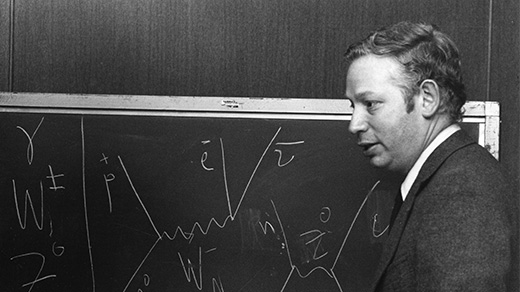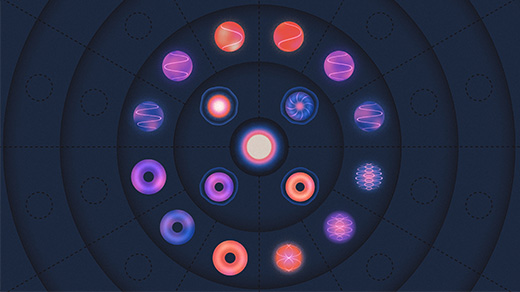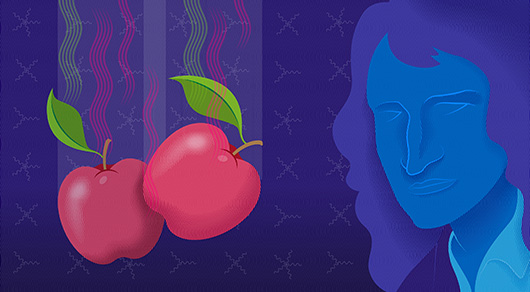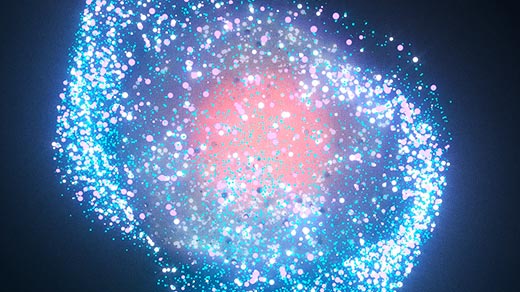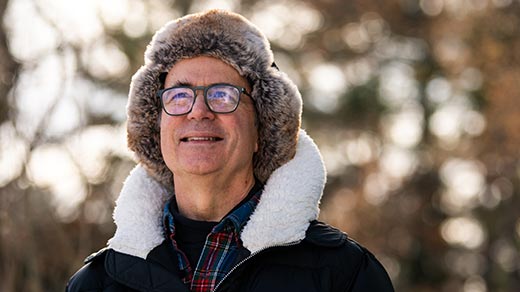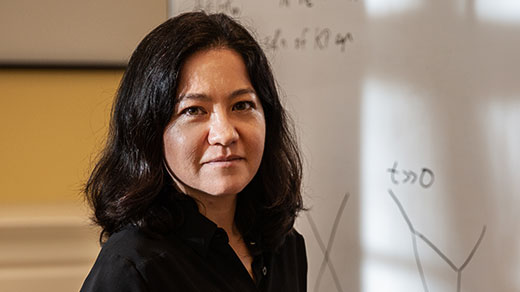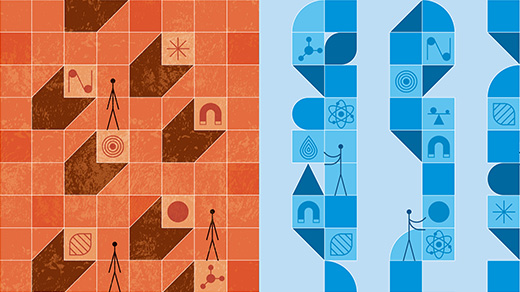What's up in
Particle physics
Latest Articles
Is the Great Neutrino Puzzle Pointing to Multiple Missing Particles?
Years of conflicting neutrino measurements have led physicists to propose a “dark sector” of invisible particles — one that could simultaneously explain dark matter, the puzzling expansion of the universe, and other mysteries.
‘Impossible’ Particle Discovery Adds Key Piece to the Strong Force Puzzle
The unexpected discovery of the double-charm tetraquark has given physicists a new tool with which to hone their understanding of the strongest of nature’s fundamental forces.
How Steven Weinberg Transformed Physics and Physicists
When Steven Weinberg died last month, the world lost one of its most profound thinkers.
A Video Tour of the Standard Model
The Standard Model is a sweeping equation that has correctly predicted the results of virtually every experiment ever conducted, as Quanta explores in a new video.
How Gravity Is a Double Copy of Other Forces
An enigmatic connection between the forces of nature is allowing physicists to explore gravity’s quantum side.
‘Last Hope’ Experiment Finds Evidence for Unknown Particles
Today’s long-anticipated announcement by Fermilab’s Muon g-2 team appears to solidify a tantalizing conflict between nature and theory. But a separate calculation, published at the same time, has clouded the picture.
A Prodigy Who Cracked Open the Cosmos
Frank Wilczek has been at the forefront of theoretical physics for the past 50 years. He talks about winning the Nobel Prize for work he did as a student, his solution to the dark matter problem, and the God of a scientist.
A Mathematician’s Unanticipated Journey Through the Physical World
Lauren Williams has charted an adventurous mathematical career out of the pieces of a fundamental object called the positive Grassmannian.
Contemplating the End of Physics
Has physics reached the limits of what we can discover — or are the possibilities only just beginning?
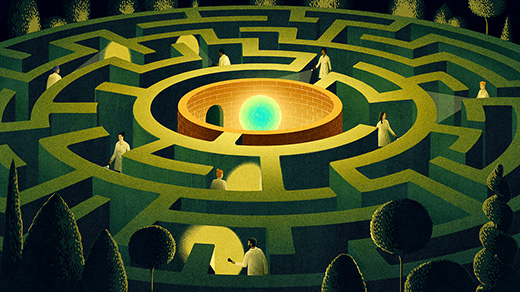
![Colorful illustration in which a sphere divided into four quadrants is surrounded by spheres divided into halves and thirds.]](https://www.quantamagazine.org/wp-content/uploads/2021/09/TETRAQUARK_520x292.jpg)
